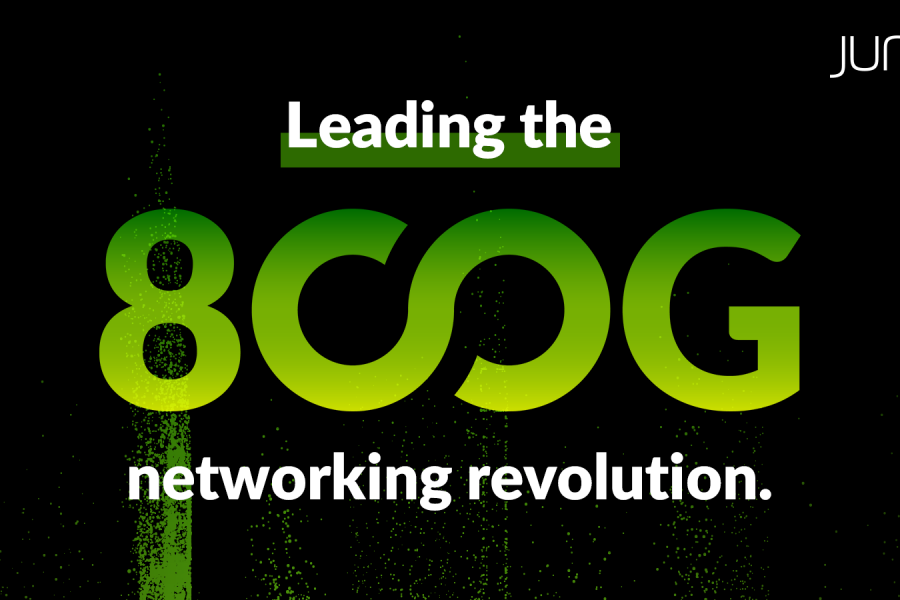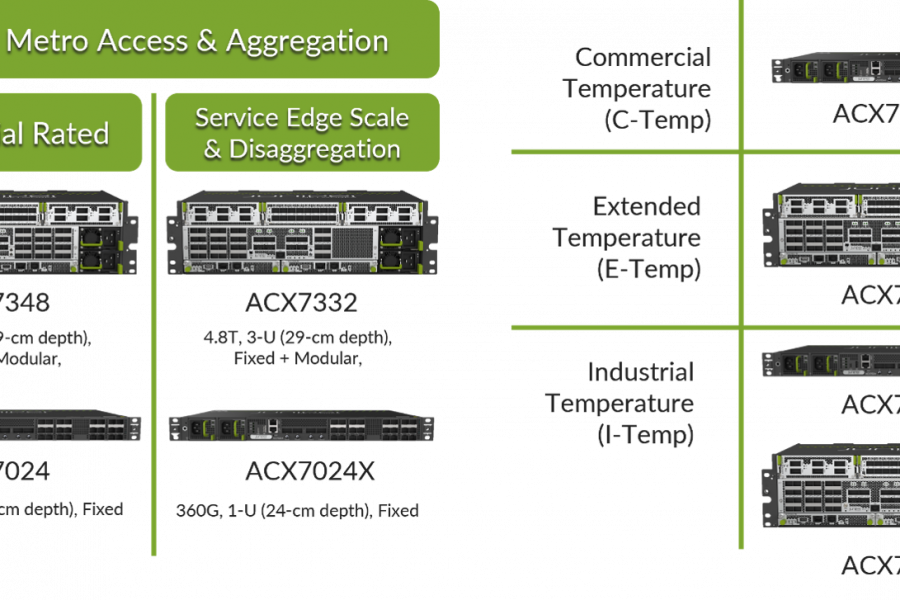Whether it’s a new commercial deployment or a new use-case, there is no single week where 5G doesn’t make news headlines. The momentum of this groundbreaking technology is building as well as the expectations among consumers and the industry. As a result, mobile service providers will have to build their services accordingly.
Every time a subscriber turns on a new 5G device, their expectations about the service will be high – they expect amazing speeds, virtually no latency and a seamless user experience. But first, the subscriber has to be in an area with 5G coverage. 5G radio is one of the critical, top-of-mind requirements for mobile service providers.
A fast base station rollout is key to a first mover advantage in the market, but will that be enough? Currently, there are several examples that suggest otherwise:
While 4G tops out a theoretical 100 megabits per second (Mbps), 5G tops out at 10 gigabits per second (Gbps). In other words, 5G is nearly 100 times faster than the current 4G technology, at its theoretical maximum speed of course. According to the Ericsson mobility report, mobile data is projected to multiply by five by 2024.
4G base-stations are mostly connected to the backhaul network with several 1GEs interface. This capacity would satisfy the expectations of just a few 5G subscribers, further reinforcing the need for 5G-grade transport that provides 10GEs to the base stations.
5G Densification
5G Synchronization
More coordination across base-stations is needed, as well as tighter time and phase synchronization as 5G networks will be implemented using TDD (Time Division Duplex). Network timing can´t solely rely on GPS, since most new locations are indoors. An end-to-end network is required in the entire transport network.
5G Low Latency
Low latency is a key requirement expected with 5G in order to support innovative use-cases such as augmented reality or self-driving cars. Once more, new 5G radios can help to reduce latency in the radio interface. However, in order to drastically reduce the total latency, applications have to move to a distributed cloud, closer to the base-station. The support of edge cloud is also a key requirement for 5G-grade transport networks.
5G Network Slicing and CUPS
5G brings the ability to run multiple use-cases, with very different requirements (quality of service, latency, security) in a single network. The answer to that is to provide slices with different attributes that separates traffic and assigns network resources independently. A network slice has to be orchestrated end-to-end in the network from radio, through transport and to the packet core. Segment Routing provides the mechanism for end-to-end network slicing in the transport network. It suffices all the requirements to create network slices across multiple network domains.
But isolating traffic in different slices won’t automatically bring better latency. This is why Control User-Plane Separation (CUPS) is essential to 5G networks because it allows operators to separate the evolved packet core (EPC) into a control plane that still runs in a centralized location and the user plane to be placed closer to the application it is supporting.
A 5G-grade solution must be able to support the new requirements of both network slicing and CUPS.
5G Security
5G also brings new security requirements. The growth of connected devices (predicted to be 10x more than 4G), more distributed base-stations, the support of new vertical use-cases, network slicing and many other innovations will force mobile service providers to re-think the mobile security strategy that should be pervasive across the network.
Automation
Operations on 5G transport must be automated so the service provider can quickly identify and respond to unexpected events. Automation must support the entire lifecycle of the network, including the plan, build and operate phases. As described in a recent blog, the final goal of 5G is to deliver a self-driving 5G transport network that becomes part of the end-to-end orchestration of services and operations.
5G-Grade Transport
While some mobile network operators have started offering 5G with radio only and a few upgrades to existing 4G transport technologies, all 5G deployments will require a new 5G-grade transport network in the near future.
5G transport is more than just the traditional capacity upgrades on the IP network. The new throughput requirements, scale and capabilities (slicing, new security, timing, distributed cloud) are the key pillars to design a 5G-transport network.

Ignoring these new requirements that 5G pushes to the transport network will, sooner or later, impact the performance of 5G service and ultimately the of the MNO.
Building a leading edge 5G-grade transport network will become a competitive advantage for mobile operators as they look to optimize operations and deliver on increasing demands. At Juniper Networks, we build 5G-grade solutions to help prepare them for the future.


